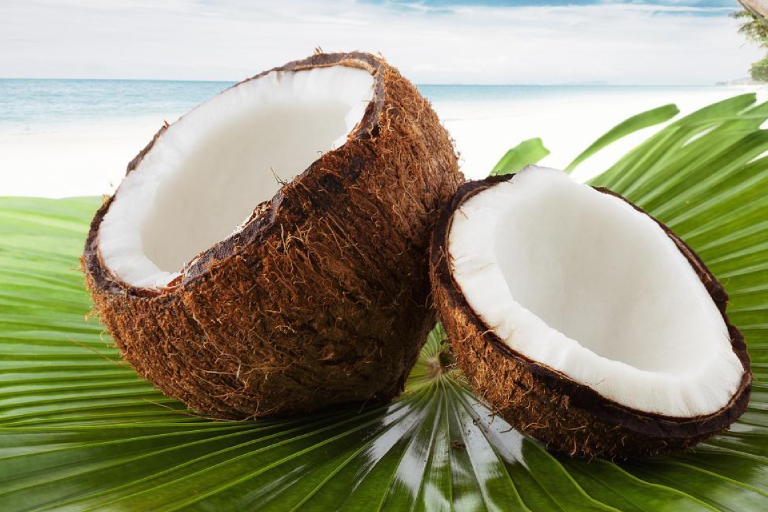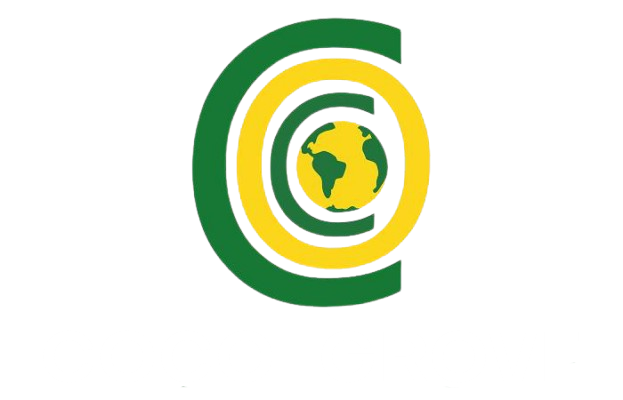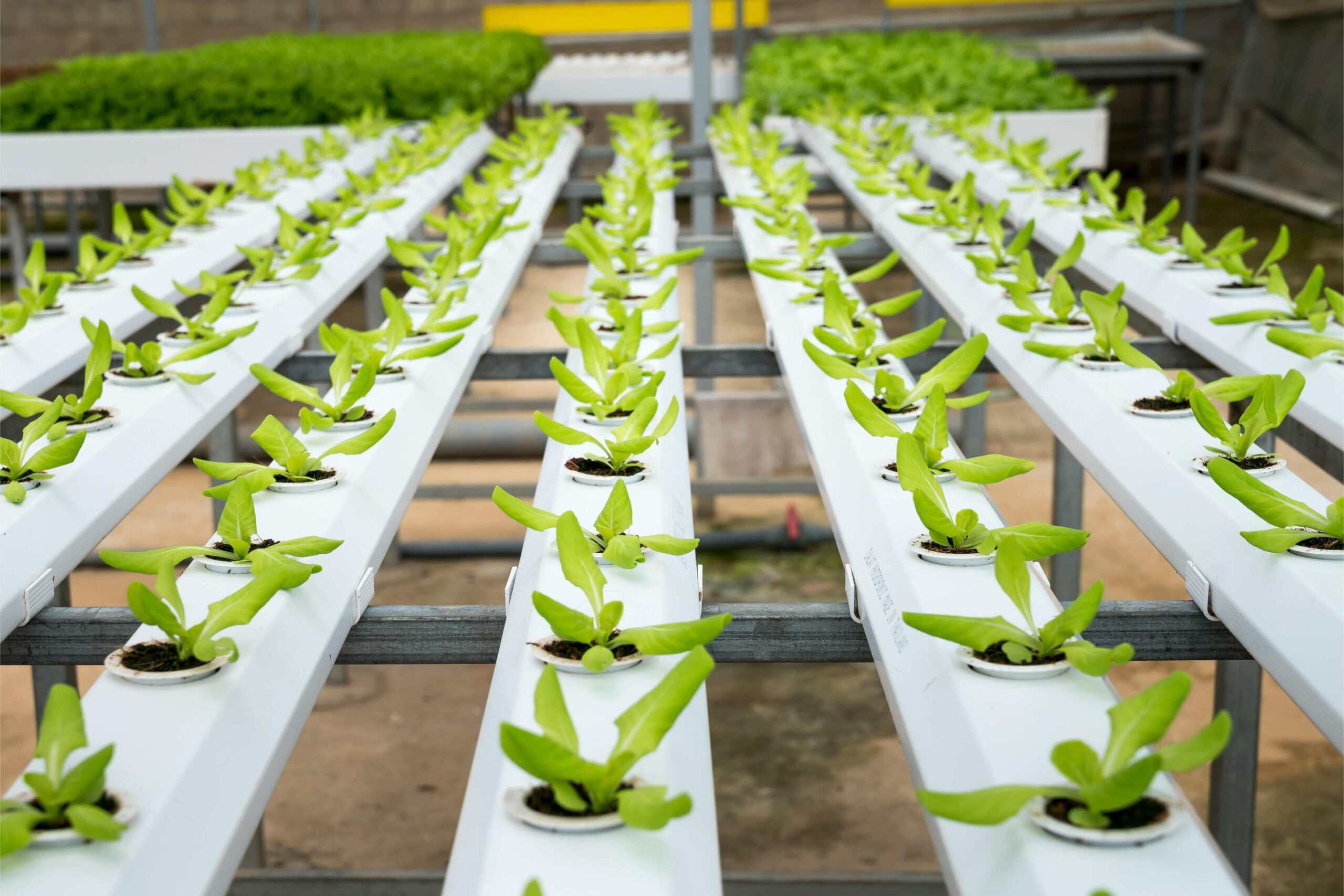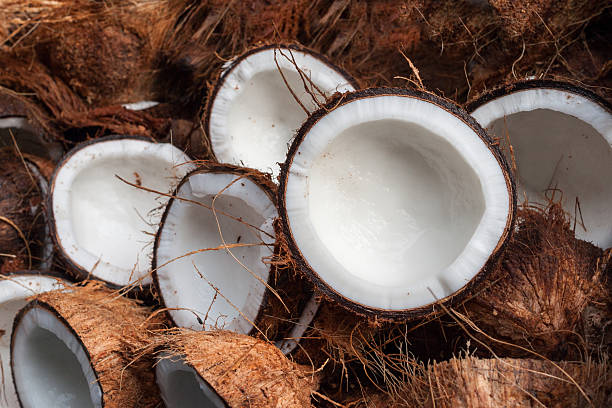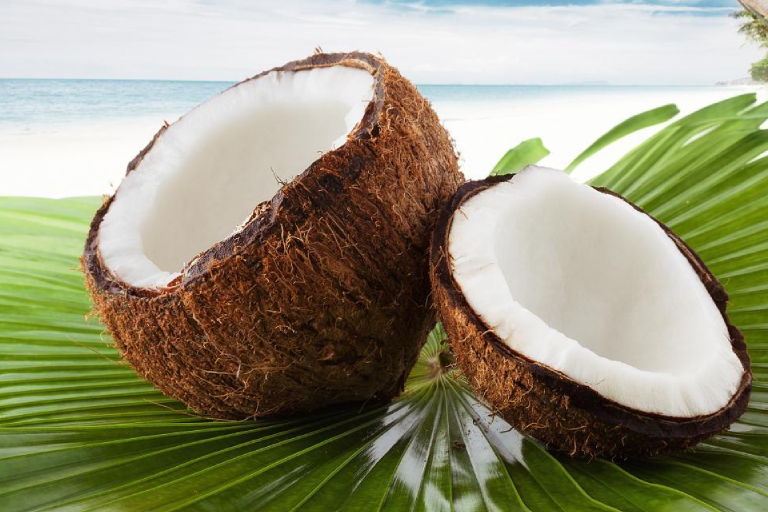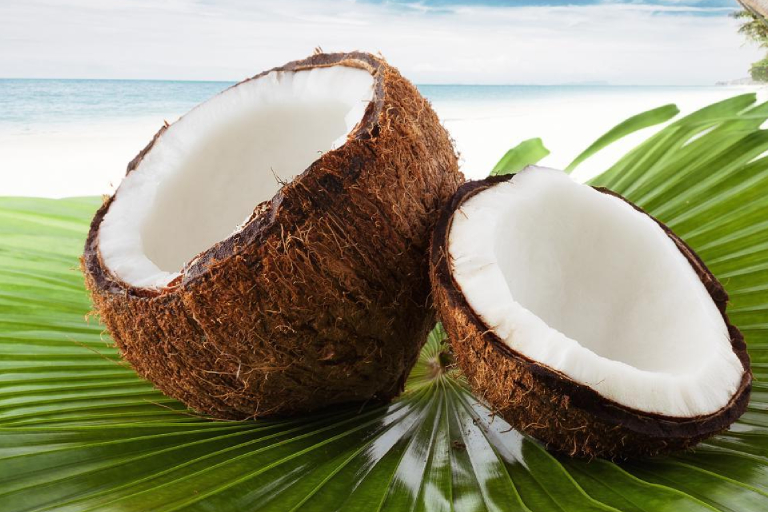Comprehensive PGPM Program for Coconut Cultivation
Posted by Coco Grove on Feb 4, 2025
A well-designed Plant Growth-Promoting Microorganisms (PGPM) program can greatly enhance the health, productivity, and sustainability of coconut farming. Below is a step-by-step PGPM program tailored for coconut cultivation:
1. Seedling Stage
Objective: Ensure early establishment of beneficial microbes for healthy root and shoot development.
- PGPM Application:
- Dip the coconut seedlings’ root system in a bio-fertilizer slurry containing:
- Azospirillum brasilense (nitrogen fixer)
- Pseudomonas fluorescens (phosphate solubilizer and biocontrol agent)
- Trichoderma viride (biocontrol agent against root diseases)
- Dosage: 10 g or 10 mL of each PGPM per liter of water.
- Dip the coconut seedlings’ root system in a bio-fertilizer slurry containing:
- Benefits:
- Improved root colonization.
Disease prevention at the early stages.
2. Land Preparation and Planting
Objective: Enhance soil microbial diversity and prepare a healthy environment for coconut trees.
- Soil Enrichment:
- Incorporate 2–5 kg of well-decomposed organic manure per planting pit, enriched with:
- Bacillus megaterium (phosphate solubilizer)
- Bacillus mucilaginosus (potassium mobilizer)
- Arbuscular Mycorrhizal Fungi (Glomus spp.).
- Apply Trichoderma-enriched compost to prevent soilborne pathogens.
- Incorporate 2–5 kg of well-decomposed organic manure per planting pit, enriched with:
- Benefits:
- Enriched soil fertility and structure.
- Better nutrient availability and protection from pathogens.
3. Vegetative Stage
Objective: Support rapid growth and nutrient uptake during canopy development.
- PGPM Application:
- Soil Drenching:
- Use Azospirillum and Azotobacter for nitrogen fixation.
- Bacillus spp. for phosphorus and potassium solubilization.
- Dosage: 200 g per tree applied to the root zone twice a year.
- Foliar Spray:
- Use PGPM-based liquid biofertilizers containing:
- Pseudomonas fluorescens to enhance growth and provide biocontrol.
- Trichoderma for pest resistance.
- Dosage: 2–3 mL per liter of water, applied every 3 months.
- Use PGPM-based liquid biofertilizers containing:
- Soil Drenching:
- Benefits:
- Faster growth and better root-shoot ratio.
- Protection from leaf diseases like blight and spots.
4. Flowering and Fruiting Stage
Objective: Enhance flowering, fruit set, and nut quality.
- PGPM Application:
- Soil Application:
- Apply AMF (Glomus intraradices) and potassium solubilizing bacteria (Bacillus mucilaginosus).
- Dosage: 500 g per tree applied at the start of flowering.
- Foliar Spray:
- Use a bio-stimulant formulation containing Pseudomonas fluorescens and Trichoderma harzianum to enhance fruit set.
- Dosage: 2–3 mL per liter of water, every 3 months during flowering.
- Soil Application:
- Benefits:
- Improved nutrient uptake for higher quality nuts.
- Reduced flower and nut drop due to stress tolerance.
- PGPM Application:
5. Maintenance Stage (Mature Trees)
Objective: Sustain productivity and manage long-term health.
- PGPM Application:
- Annual Soil Application:
- Mix 1–2 kg of PGPM-enriched compost (containing Azospirillum, Pseudomonas, and Trichoderma) into the soil around the root zone.
- Irrigation:
- Inject PGPM solutions containing AMF and potassium-solubilizing bacteria through drip irrigation.
- Annual Soil Application:
- Benefits:
- Continued protection against diseases and pests.
- Enhanced resistance to drought and nutrient deficiencies.
Program Schedule
Stage | Application Type | Frequency | PGPM Used |
Seedling Stage | Root Dip | One-time | Azospirillum, Trichoderma |
Vegetative Stage | Soil Drench/Foliar Spray | Every 3–6 months | Azospirillum, Pseudomonas |
Flowering Stage | Soil/Foliar | Every 3 months | AMF, Pseudomonas fluorescens |
Maintenance Stage | Soil/Foliar/Drip | Annually/Seasonal | Trichoderma, AMF |
Key Recommendations
Combine with Organic Inputs
Use compost, farmyard manure, or vermicompost enriched with PGPM.
Monitor Regularly
Check for disease symptoms and soil health to adjust PGPM applications as needed.
Avoid Overuse of Chemicals
Expected Outcomes
- Increased nut yield and quality.
- Improved resistance to diseases and pests.
- Enhanced soil health and reduced dependence on synthetic inputs.
Would you like detailed guidelines on integrating PGPM with your existing practices or specific product recommendations?
